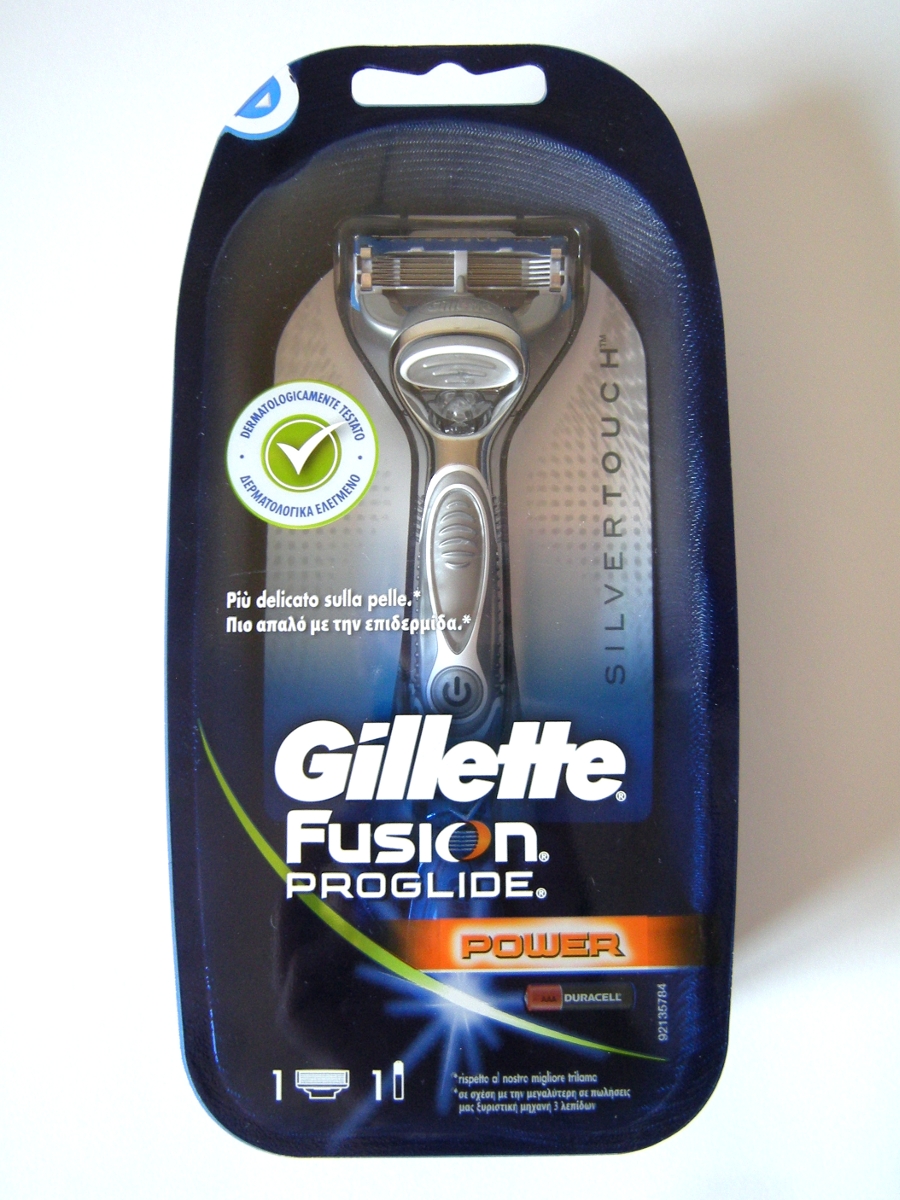Retail’s new growth market – aging baby boomers
Another proof point that our Aging of the Population investing theme will give rise to new products and services to meet the evolving needs of the aging population be it by themselves, their family or friends. For Proctor & Gamble, this represents a strategic decision to cater to different needs of this expanding market while its core shaving business is under attack by the likes of Dollar Shave Club, Harry’s and other companies that are attacking it via our Digital Lifestyle investment theme.
Executives at Gillette have for decades defined shaving as a rite of passage.
The company famously mails out free razors – with “welcome to manhood” cards – to millions of men a year on their 18th birthdays. Its ads focus on the experience passing from father to son (sometimes with the help of famous faces like quarterbacks Archie and Eli Manning).
But in recent years, executives have begun to see another milestone emerge in their customers’ lives: the moment when sons begin shaving their aging fathers.
“We started seeing it all over social media – men posting about washing, grooming and shaving their fathers,” said Matt Hodgson, a design engineer at Procter and Gamble, which owns Gillette. “It’s a very difficult and emotional thing to do.”
It turned out there are a number of logistical challenges, too. Those who are bedridden don’t have easy access to running water to rinse blades or wash off shaving cream. Traditional blades are quick to nick delicate skin.
“We’re specialists in developing razors and yet all the products we could find were for shaving yourself,” Hodgson said. “When you turn the razor outward, it doesn’t work as well anymore. It was clear we needed to create something completely new.”
After three years of observation, design and testing, Gillette is preparing to release the first razor built for caregivers to shave others. The Gillette Treo has an extra-wide handle and comes with a tube of clear gel that eliminates the need for running water or shaving cream.
The brand, which is losing younger customers to online start-ups like Harry’s, is looking for opportunities to reach the country’s fastest-growing demographic: Americans 65 and older.
The number of senior citizens in the United States is expected to nearly double by 2050, creating a fast-growing niche for retailers and manufacturers.
Source: Retail’s new niche: Aging baby boomers | OregonLive.com


